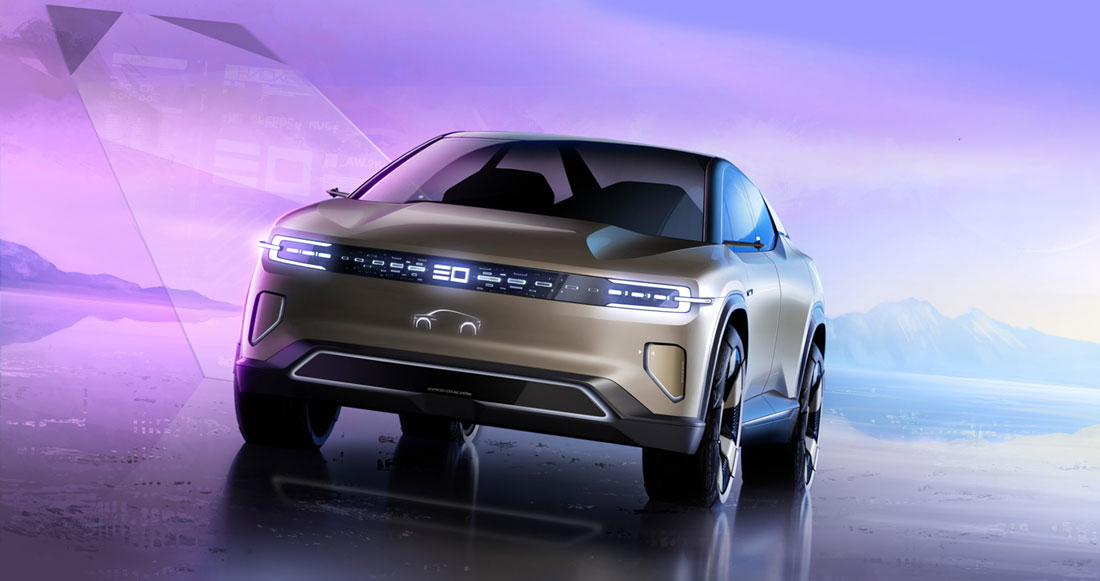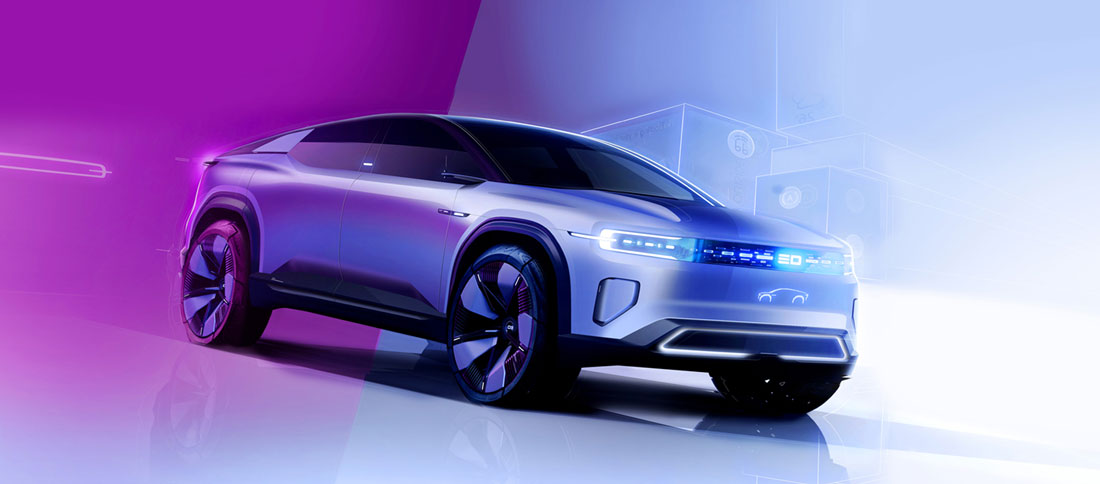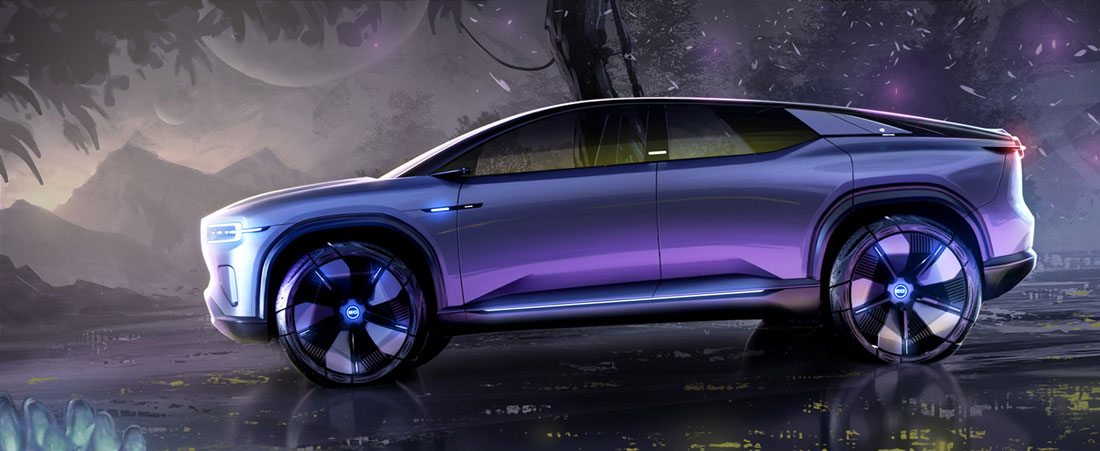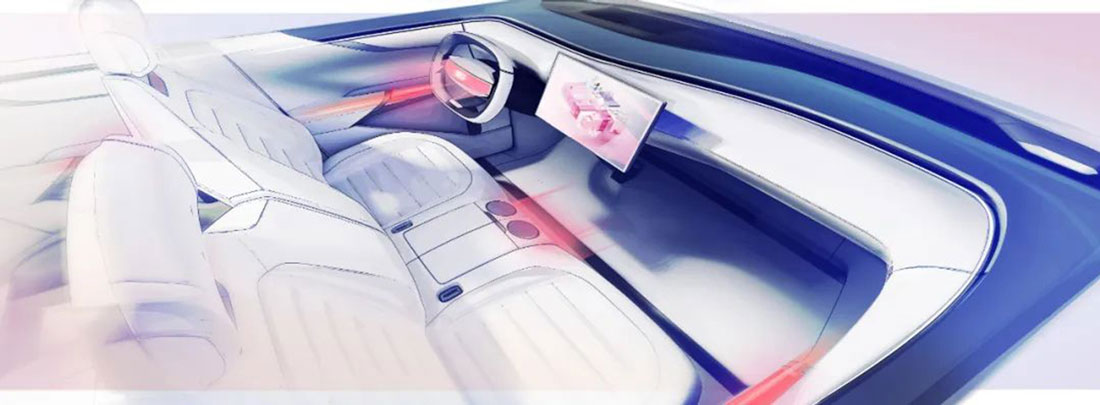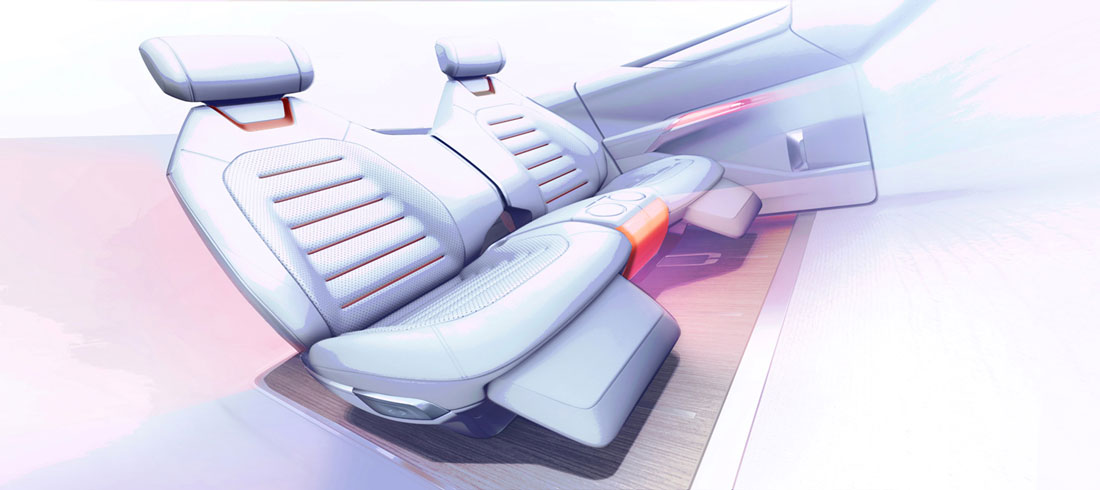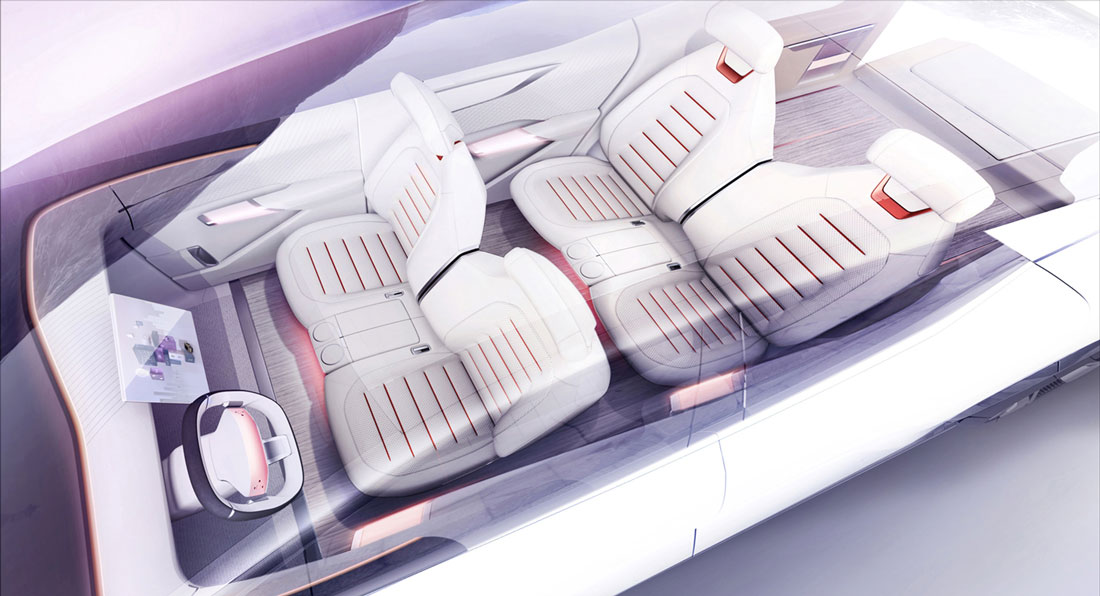With the advent of the new era of mobility, the role of the car in the lives of users is changing, which makes us designers pay more and more attention to the most original question: we always say that design needs to be forward-looking and break through, but what is the so-called “breakthrough”?
“The truth is that the user may have changed before we did. Users now are no longer a group with a specific label, we can’t even sum ourselves up in one or two words, and this is even more true of user profiles.” The digital information age has broadened the level of people’s needs and experiences, and, nowadays, users, who are a mix of work, life, interests and aesthetics, are destined to have multiple identities. Switching roles at any time is the norm in the lives of young people today; the car that fully reflects their personality will also become a mobile space for users to live and work in, providing them with different functions and services in different scenarios.
However, designing a car that gives the user an infinite experience of space is not an easy task. It was a challenge to ensure that the open space of the interior was compatible with the exterior on the basis of the existing model. That’s when the question: “Why don’t we just leave the existing models behind and create a customized car of our own based on the experience?” arose. This gave the stalled team new inspiration. Overturning all previous drafts, the designers made a bold breakthrough and created a dream: a new life form, the new CD701, was born.
Connection, Resonance
“A car is made to break through the limitations of space and connect people to their environment. It can’t just be a tool that puts constraints on the user.”
What users expect is not a vehicle, but a space that can produce emotional resonance. The interior layout of the CD701 creatively breaks the division of front, rear, and trunk, dividing the interior space into front, rear, and extension compartments according to user needs, creating “one room”, “one hall”, and “one terrace”. Here, the user can play a role far beyond the driver and passenger – can be a wage earner, a Gu family, or a fun-loving family with style, “where you just live your own life and the experience is no longer limited.” This is what the designer says about the concept of CD701.
The “one room” relies on the powerful AI computing power of the SDA platform to solve all users’ daily needs, turning the car into an all-round private space with a high degree of the product owner’s personal imprint. The “one hall” has a unique intelligent cockpit design to create a romantic and immersive atmosphere for the user, and the light-coloured space provides deep insight into the user’s emotions and brings a unique digital physical experience. The “one terrace” is a blank canvas that allows the user to freely write their style of life, and, through the connection with the roof, the back of the car, and other external spaces, it provides an extremely diverse combination of outdoor leisure scenes. The user can turn it into a bed car, a board game area, a nightclub – whatever you want – the space can be changed for you.
There are no boundaries between the front and back seats, and no limits to the interior and exterior, breaking down the spatial pattern and blending the scenarios. This is how we envisage a new way of living with people, cars, and the natural environment, the CD701 being a new creation that connects people and situations through it. It is the embodiment of our vision of symbiosis.

